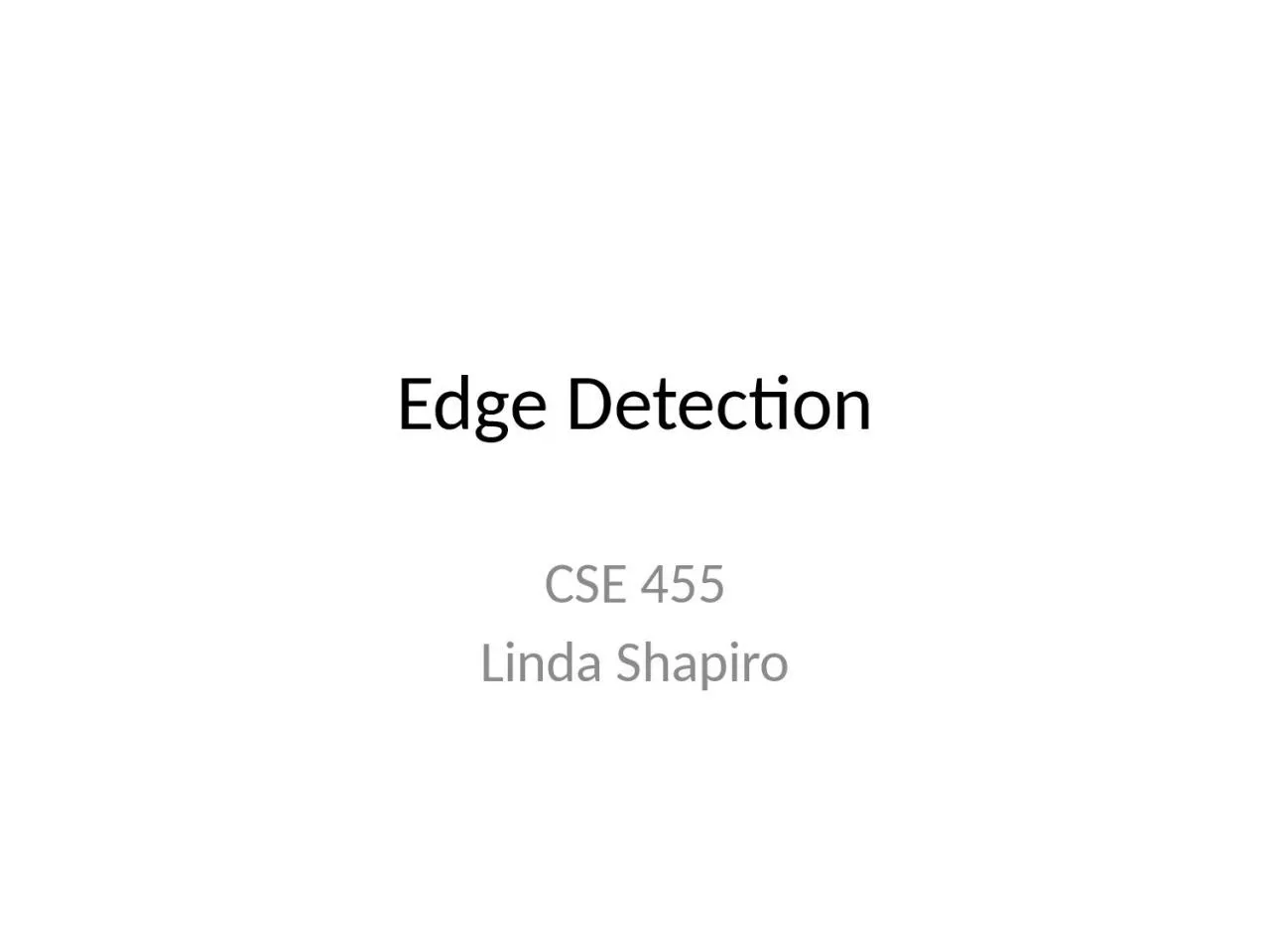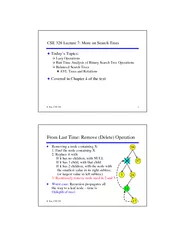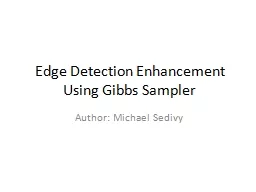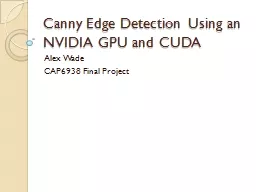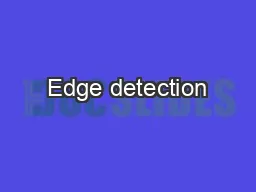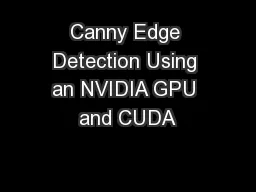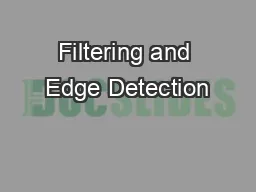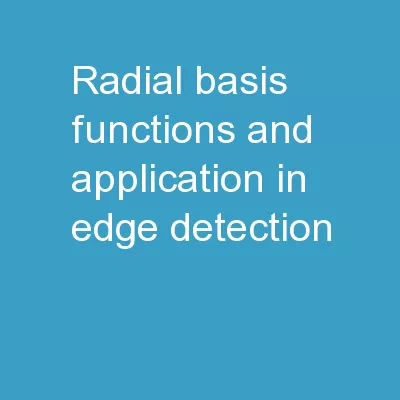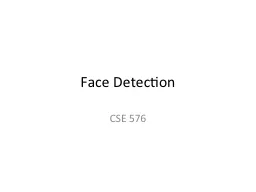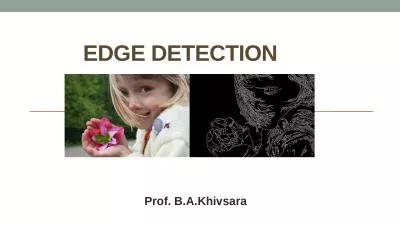PPT-Edge Detection CSE 455 Linda Shapiro
Author : elina | Published Date : 2023-11-11
Edge Attneaves Cat 1954 2 Edges are caused by a variety of factors depth discontinuity surface color discontinuity illumination discontinuity surface normal discontinuity
Presentation Embed Code
Download Presentation
Download Presentation The PPT/PDF document "Edge Detection CSE 455 Linda Shapiro" is the property of its rightful owner. Permission is granted to download and print the materials on this website for personal, non-commercial use only, and to display it on your personal computer provided you do not modify the materials and that you retain all copyright notices contained in the materials. By downloading content from our website, you accept the terms of this agreement.
Edge Detection CSE 455 Linda Shapiro: Transcript
Download Rules Of Document
"Edge Detection CSE 455 Linda Shapiro"The content belongs to its owner. You may download and print it for personal use, without modification, and keep all copyright notices. By downloading, you agree to these terms.
Related Documents

